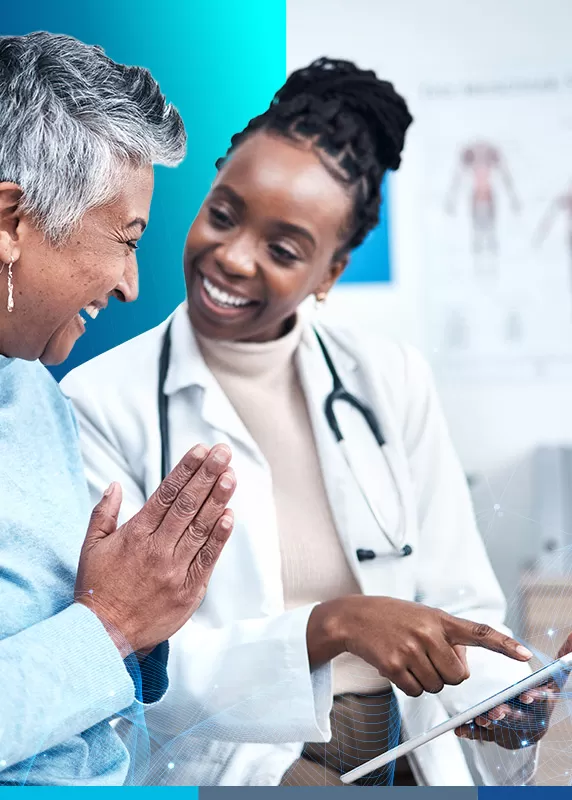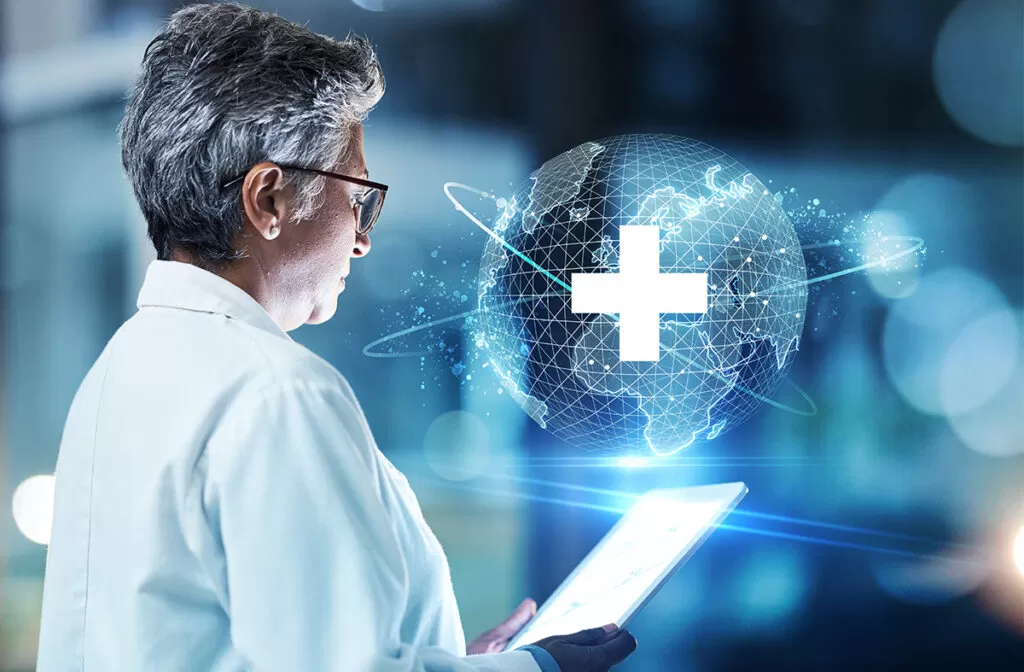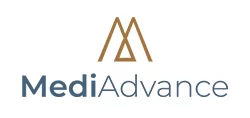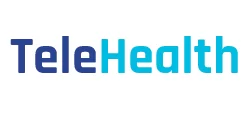Nicolette Mudaly, Product Manager at Altron HealthTech, will be presenting her business case on a Health Information Exchange at the 2019 Africa Health Exhibition. Be sure not to miss this ground-breaking presentation.
“Our focus is the patient’s journey through the healthcare system, and harnessing the value that data analytics can bring to serving patients and practitioners alike,” says Dilip Naran, head of solutions at Med-e-Mass, a company in the Altron group that provides technology solutions to the healthcare industry.
Dilip’s description of a patient’s tech-aided healthcare journey seems futuristic but, he says, most of the components exist already with only a few more dots waiting to be connected.
The personal electronic health record
It all starts with the individual. Let’s call her Sophia and imagine that she is troubled with severe and regular headaches.
Having decided to get to the bottom of the issue, Sophia goes online to find a GP. She accesses her chosen practice’s patient portal and creates a profile for herself by providing her demographic details and medical insurance information. This process enables Sophia’s personal electronic health record (EHR), which securely and centrally stores her health information. A master patient index identifier is assigned to Sophia’s details, allowing her to be uniquely identified in future. The practice receives Sophia’s information automatically and with her consent, thus obviating the need for paper forms that have to be captured into the practice management system.
Having booked an appointment online, specifying the reason for her visit, Sophia arrives for her consultation and identifies herself biometrically. The system recognises her and the GP, Dr Moonsamy, is notified via the electronic diary that she has arrived. As Dr Moonsamy has a view of both Sophia’s main medical complaint and her relevant health history, the consultation is off to an immediate and constructive start. The EHR is set up to meet the workflow of a normal consultation, making it easy for Dr Moonsamy to update it. The adds the diagnosis and applicable ICD10 code into the EHR, and prescribes medication using e-scripting software linked to it. The application completes the consultation workflow by automatically billing Sophia’s medical scheme and sending her an invoice for the portion of the claim for which she is liable. “EHRs create seamless connectivity between the patient and practice in a way that enhances the quality of human interaction,” says Dilip.
The health information exchange
While the niftiness of an EHR at practice level is undeniable, the real power of connected care emerges in the next phase of Sophia’s journey.Although she takes her medicine diligently, the headaches persist and she returns to Dr Moonsamy. The GP decides that further investigation is needed and sends Sophia for an MRI scan and blood tests. The results cause Dr Moonsamy sufficient concern to refer Sophia to a neurologist.
As the neurologist can access Sophia’s master patient index through a secure platform known as a health information exchange, he can see the laboratory results and MRI report that was ordered by Dr. Moonsamy and now form part of her EHR. The health information exchange is a secure platform that centrally stores the master patient index and can be accessed by designated healthcare practitioners. Without this platform, the neurologist would likely have ordered his own set of tests, duplicating much of what the GP had already done. Instead, he now has all the information necessary to fully consider Sophia’s situation and prescribe focused and effective treatment options.
“With this technology, treatment can continue efficiently and with the appropriate focus as a patient moves through the healthcare chain,” explains Nicolette Mudaly, product manager: health information exchange, at Med-e-Mass. “Our goal is to eliminate the current inefficiencies that cause increased costs, patient dissatisfaction and, at times, sub-optimal healthcare outcomes.” Of critical importance is the fact that the exchange is based on patient consent.
In our example, Sophia has to give explicit permission for the neurologist to access the information on her patient record. “The health information exchange can change the current dynamics in the healthcare industry, enabling better clinical outcomes that improve patient satisfaction and create a more efficient and functional healthcare system,” says Nicolette.
Data analytics for the greater good
Data and the ability to share it, has resolved Sophia’s headaches. Similarly, data can be used to solve population health headaches on a macro scale. This is where data analytics enter the frame.
Sophia visited two providers and information was shared between them seamlessly. “By analysing her data, we can now take management actions around Sophia, especially if her headaches indicated a chronic condition that requires specific interventions,” says Paul Saunders, product manager: data analytics at Med-e-Mass. “This is possible by plugging Sophia’s information into the master patient index, and comparing her to other patients with similar conditions.”The result is invaluable information at the disposal of the healthcare ecosystem that manages Sophia’s care.
The medical scheme, for instance, needs to understand how much resources she will require in future, and whether or not she falls in a high risk category. Given the specifics of her condition, the scheme can also match Sophia to the doctors best suited to treat her condition. The start of her treatment is taken as the baseline measure. As Sophia returns for her scheduled check-ups, other measurements are added and fed back into her EHR. The doctors and medical scheme can measure how successful they are at managing Sophia by capturing events like hospitalisations. “The providers need to know if the patient gets better and remains better, hence we have to measure outcomes,” says Paul. “The holy grail in population health management is how to generate value through better outcomes at a lower cost.”
It has already been proven that the sharing of information between the doctor, the patient and the medical scheme drives down relapses and hospitalisation, and puts the patient on a far better trajectory than people with similar conditions being treated according to traditional models. In addition, the data gathered for each individual patient contributes to the master patient index and the wealth of information it contains. “Care gaps can be identified, and we can drill down in populations to find higher risk patients,” says Paul. “Machine learning models allow you to manage risk better and reduce overall costs in the healthcare system you are responsible for. We know this, because we are already providing such population health perspectives to a number of clients.”
Sophia’s story can soon be a reality in South Africa, and not only in private healthcare. As the government pushes forward with the National Health Insurance (NHI) project, population health management becomes ever more important, along with quality and efficient care regardless of whether a patient enters the public or private healthcare system. Technology is the only way to achieve this, and Med-e-Mass is committed to creating the solutions that can enable it.




















